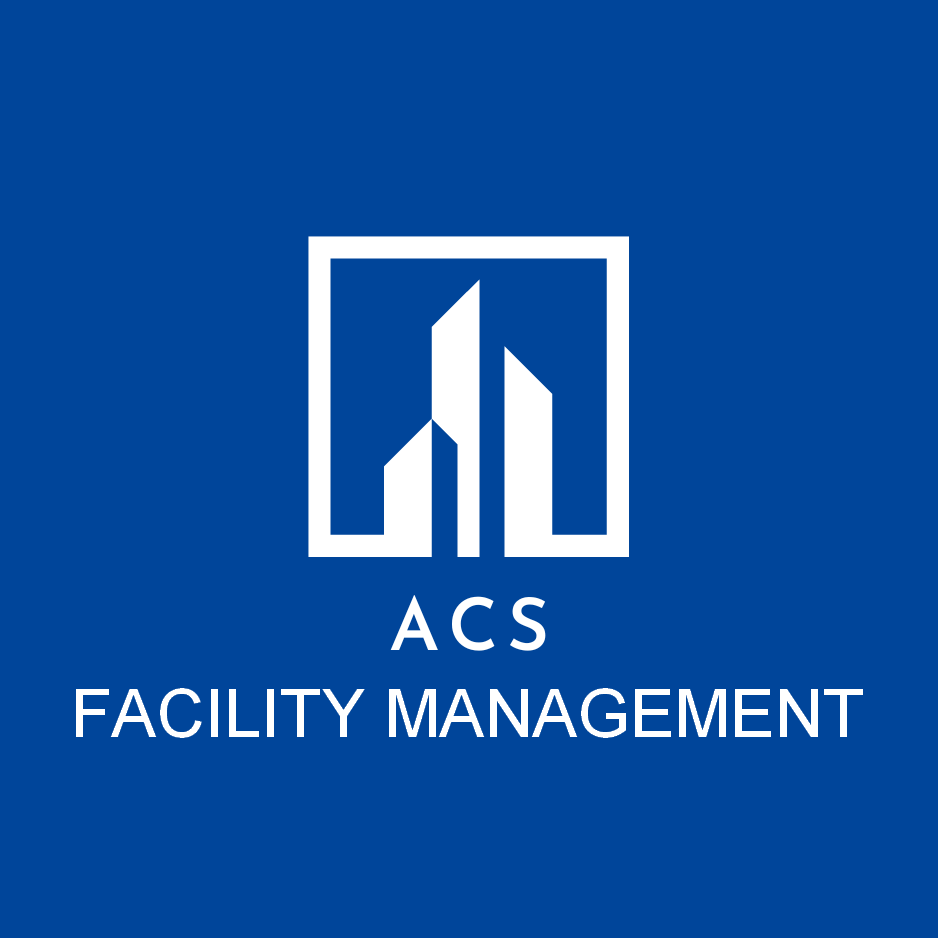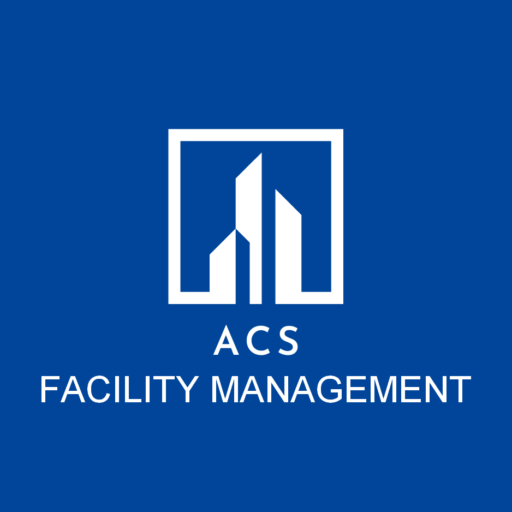Solflare Wallet: Bridging Digital Finance with Facility Management Security
This article explores the unexpected connections between the Solflare Wallet, a modern cryptocurrency tool, and the world of facility management, focusing particularly on security aspects. Given the increasing reliance on digital assets and the need for robust security in both the digital and physical realms, understanding these parallels is crucial.
Understanding Solflare Wallet
Solflare Wallet is a non-custodial cryptocurrency wallet specifically designed for the Solana blockchain. It empowers users with a secure and user-friendly platform to manage their digital assets. Key features include asset storage (SOL, SPL tokens, NFTs), direct transaction capabilities, staking functionality for earning rewards, and seamless dApp integration. Being non-custodial means users retain complete control over their private keys, ensuring maximum security and autonomy.
Facility Management: A Secure Foundation
Facility management encompasses a wide range of services aimed at ensuring the safety, security, and operational efficiency of buildings and physical spaces. Core aspects include robust security systems, stringent access control protocols, and sophisticated automated gate systems. These systems are critical for safeguarding physical assets, protecting personnel, and maintaining operational continuity. Facility management directly addresses physical asset security through integrated systems and automated controls like surveillance and alarm systems.
The Crucial Role of Access Control
Access control systems are fundamental to facility management, regulating and monitoring access to specific areas within a building or property. Modern systems employ a combination of technologies, including biometric scanners (fingerprint, facial recognition), smart cards, key fobs, and PIN codes, to provide multi-layered security and detailed audit trails of entry and exit. This ensures only authorized personnel can access sensitive areas, mitigating risks of theft, vandalism, and unauthorized access.
Solflare Wallet Security: A Digital Fortress
Solflare Wallet employs several robust security mechanisms to protect users’ digital assets. Client-side transaction signing ensures that private keys never leave the user’s device, mitigating the risk of server-side compromise. Hardware wallet integration provides an additional layer of security by storing private keys offline. The mnemonic phrase (seed phrase) is a crucial component of wallet security. This 12 or 24-word phrase is the master key to the wallet; losing it means losing access to all funds. The mnemonic is used to generate the private keys used in the client-side signing process. Poor management of this phrase, such as storing it digitally or sharing it, significantly increases the risk of asset theft.
Hardware Wallet Integration: An Extra Layer of Protection
Integrating hardware wallets, such as Ledger or Trezor, with Solflare provides an exceptional level of security. These devices store private keys offline, meaning they are never exposed to the internet or potentially malicious software. When initiating a transaction, the hardware wallet requires physical confirmation, adding an extra layer of authentication and protecting against remote attacks.
The Intersections: Security Parallels
While seemingly disparate, digital wallet security and physical facility management share fundamental security principles. Both domains require proactive risk assessment, layered security measures, and continuous monitoring to protect valuable assets.
Risk Mitigation Strategies
Both Solflare Wallet and physical facilities benefit from proactive risk mitigation strategies. In Solflare, this includes implementing multi-factor authentication, regularly updating software, and educating users about phishing scams. In facility management, it involves conducting security audits, maintaining surveillance systems, and training personnel to recognize and respond to security breaches. Digital verification using on-chain data in the cryptocurrency context parallels system surveillance and anomaly detection in facility management.
Authentication: Digital vs. Physical
Authentication is the cornerstone of security in both digital and physical spaces. In Solflare, authentication involves verifying the user’s private key via their mnemonic phrase or hardware wallet to authorize transactions. In facility management, authentication mechanisms might include biometric scans, keycard access, or security personnel verifying identification before granting entry. Both processes aim to confirm the identity of the user or individual requesting access to a resource.
Building Trust in Unsecured Environments
Establishing trust is paramount in both the digital and physical spaces, especially considering the inherent risks in both environments. In the digital realm, users need to trust that their wallet provider is committed to security and transparency. In the physical world, tenants and visitors need to trust that the facility management team is diligently protecting their safety and security.
The Role of Reputation and Transparency
A positive reputation and transparent operations are crucial for building trust. In the context of Solflare, a wallet provider that is known for its security practices, responsiveness to user concerns, and transparent communication builds user confidence. Similarly, in property management, a facility management company that maintains a clean, safe, and well-maintained environment, communicates openly with tenants, and promptly addresses security concerns fosters tenant confidence.
Practical Applications and Future Trends
Currently, Solflare and similar wallets are integrating more advanced encryption and security protocols to safeguard sensitive information. Facility management leverages sophisticated surveillance systems, AI-powered threat detection, and predictive maintenance to enhance security and operational efficiency. These trends influence the evolution of both digital and physical security protocols, pushing for more integrated and proactive approaches. Integrating blockchain technology with facility management security could allow for enhanced identity verification, secure data storage of access logs, and transparent audit trails, potentially revolutionizing access control and security management.
Blockchain technology can also facilitate secure and immutable record-keeping, ensuring that access logs and security protocols are tamper-proof, and verifiable by authorized parties.
Conclusion
The security of digital assets, as exemplified by Solflare Wallet, and the security of physical facilities are increasingly intertwined. Both domains share common security principles, emphasizing the importance of robust authentication, layered security measures, and proactive risk mitigation. As technology evolves, further exploration and innovation in creating secure, integrated solutions for both domains are essential. Visit solflare.lu for more information.
Unique number: 893270

